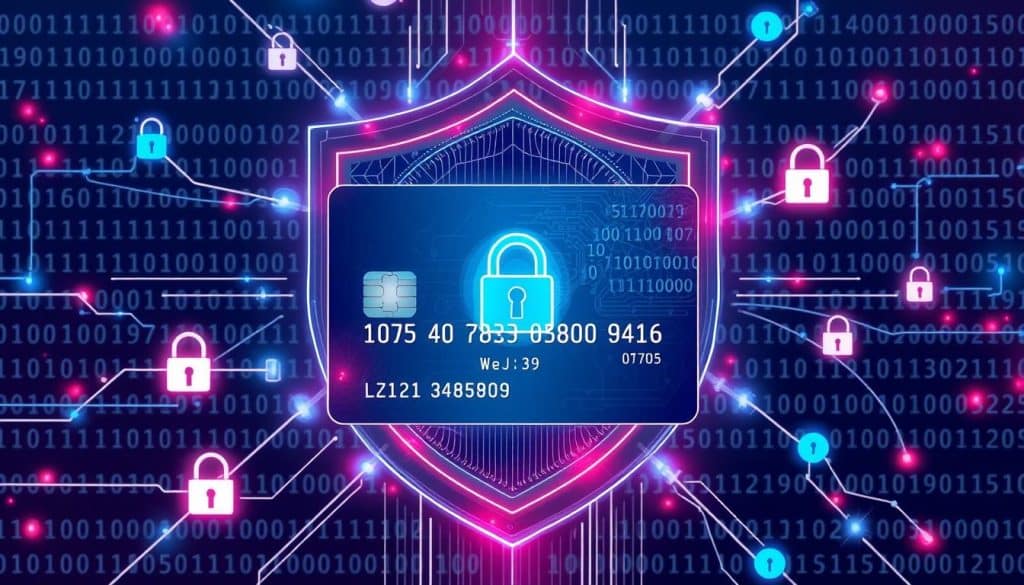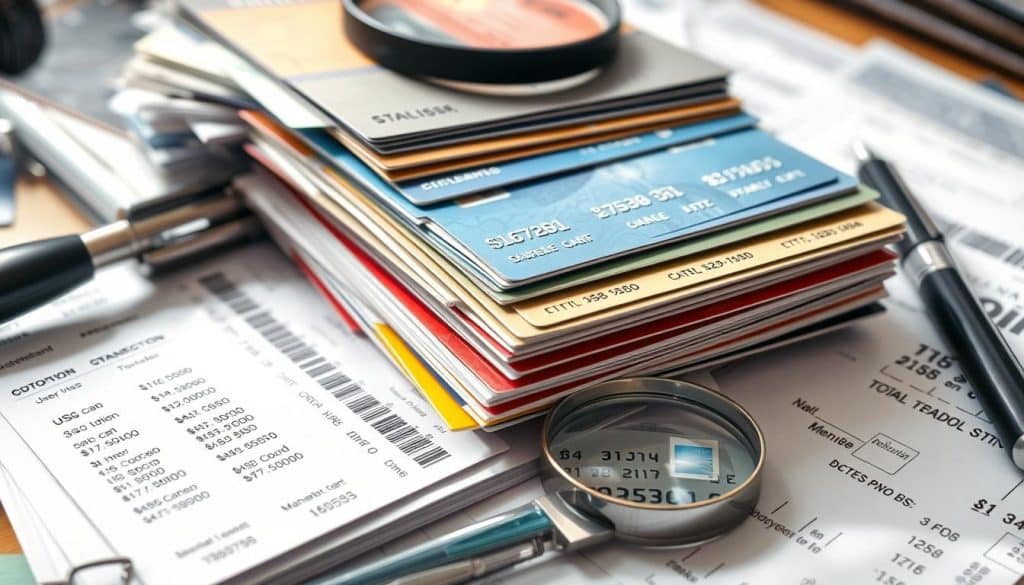We often see strange terms on our credit card statements. One of these is netfsegegm. It can be confusing if we don’t know what it means. When we look at our statements, we might wonder about this term.
Seeing a netfsegegm charge on our card can be unsettling. We want to know what it is and how it affects our account. It’s important to understand this charge to avoid any mistakes.

We will look into what netfsegegm means and its connection to our transactions. Knowing about netfsegegm charges helps us manage our money better. It also helps us avoid problems with our credit card.
Understanding Credit Card Charge Netfsegegm
We often find mysterious charges on our credit card statements. These charges can be confusing. The “netfsegegm” charge is one such example. It means the transaction was authorized, but the merchant’s name is not clear.
It’s important to know how to dispute unauthorized charge on credit card. Start by reviewing your statement for any suspicious transactions. If you find a netfsegegm charge you don’t recognize, contact your credit card issuer right away. They will help you dispute the charge and offer credit card security tips.

Netfsegegm charges often happen with online purchases or subscriptions. Try to remember any recent purchases. Check your email receipts or bank statements to see if they match the charge on your card.
What Does Netfsegegm Mean on Your Statement
Netfsegegm charges can be confusing. But understanding them helps us manage our credit card transactions better. By following credit card security tips and learning how to dispute unauthorized charge on credit card, we can keep our information safe and prevent unauthorized transactions.
Verifying and Tracking Your Credit Card Transactions
It’s key to check your credit card statement often to spot credit card statement charges you don’t want. This helps you catch any odd or unauthorized deals fast. It’s also vital for understanding credit card fees and avoiding extra charges.
To keep track of your credit card use, try these steps:
- Regularly review your credit card statement for any odd activity
- Set up alerts for big or unusual buys
- Use online and mobile banking apps to monitor your account
By doing these, you’ll better understand credit card fees and dodge extra charges. It’s crucial to stay alert and manage your credit card use to avoid unwanted credit card statement charges.

Remember, keeping an eye on your credit card use is essential to dodge credit card statement charges and understanding credit card fees. By taking action, you can safeguard your credit card and steer clear of extra fees.
| Transaction Type | Fee | Description |
|---|---|---|
| Interest Charge | Varying | A fee charged on outstanding balances |
| Late Fee | $25-$35 | A fee charged for late payments |
Protecting Your Credit Card and Next Steps
Keeping your credit card safe is very important today. Make sure to keep your card details private and watch your account closely. Use credit card alerts to know about any odd transactions right away.
If you see charges you didn’t make or other odd activity, act fast. Call your credit card company to report it and ask for a new card. Also, tell the Federal Trade Commission (FTC) to stop identity theft and protect your money.
In short, knowing your credit card charges, checking transactions, and being careful can help you avoid scams. Always be alert and quick to act to keep your card and financial history safe.
FAQ
What is netfsegegm and why does it appear on my credit card statement?
Netfsegegm is a term you might see on your credit card statement. It’s not always clear what it means. It’s a code that shows a specific transaction or charge on your card. It’s used by merchants or credit card companies to group different types of transactions.
What are the common reasons for netfsegegm charges on my credit card?
There are a few reasons you might see netfsegegm charges. These include authorized transactions, like online buys or recurring payments. It can also happen when a merchant changes how they describe a charge on your statement. Or, it might show up for fraud or unauthorized charges.
How can I identify the original transaction for a netfsegegm charge?
To find the original transaction for a netfsegegm charge, start by looking at your credit card statement. Look for any familiar merchant names or locations. If you can’t find it, contact your credit card issuer with the charge details. They can help you figure out the original transaction.
How can I dispute an unauthorized netfsegegm charge on my credit card?
If you spot an unauthorized netfsegegm charge, act fast. Call your credit card issuer right away. Give them all the details about the charge. Ask them to remove it and issue a new card to prevent more unauthorized use. Keep in touch with your issuer to make sure the issue is fixed quickly.
What can I do to protect my credit card information and avoid netfsegegm charges?
To keep your credit card info safe and avoid netfsegegm charges, regularly check your statements. Watch for any suspicious or unauthorized charges. Use strong, unique passwords online and enable two-factor authentication. Be careful when sharing your credit card info, especially online or over the phone. Consider setting up credit card alerts and report any fraud or unauthorized charges to your issuer right away.

